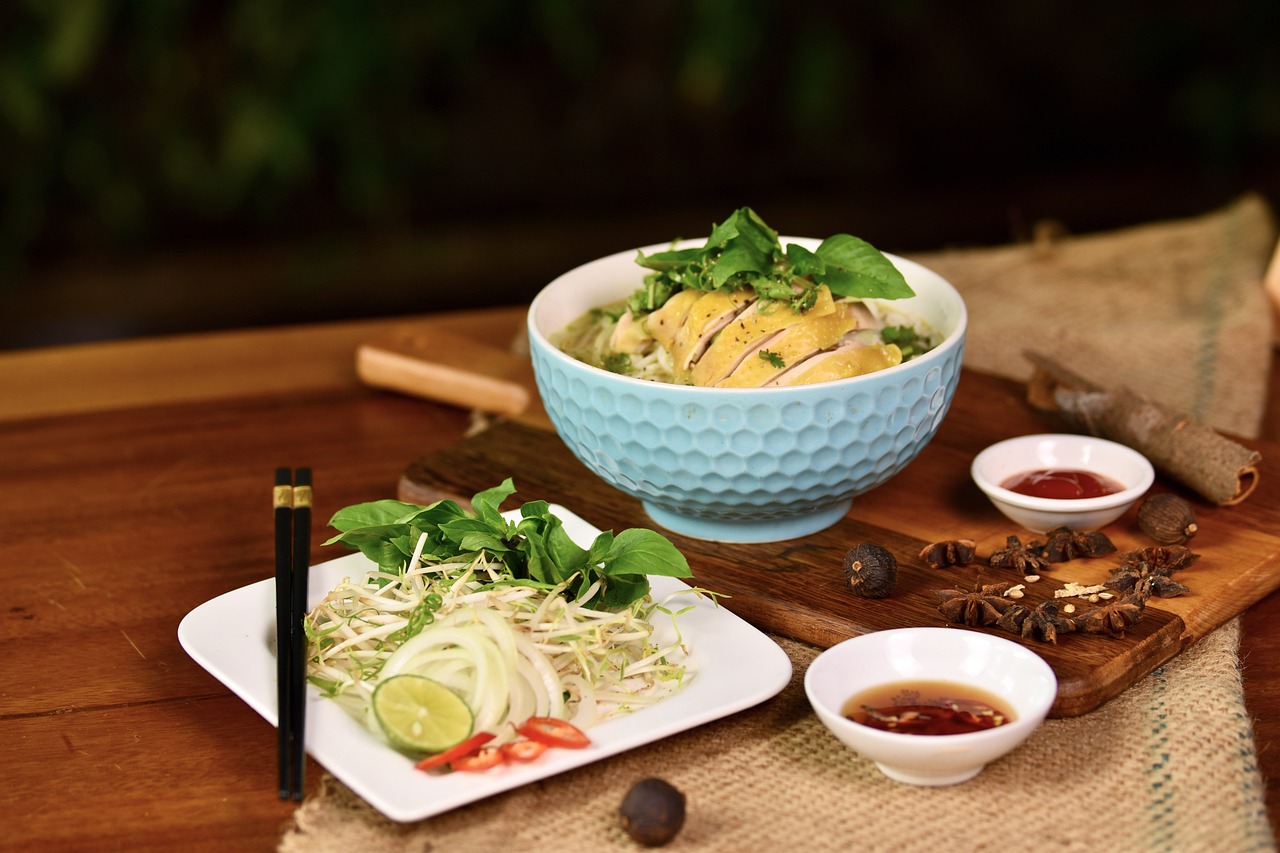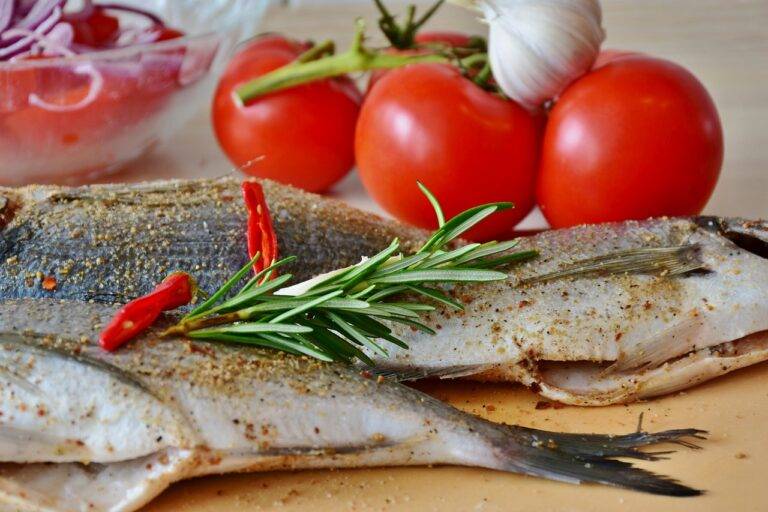Exploring the World of Traditional Chinese Cuisine
When it comes to traditional Chinese cuisine, a plethora of unique ingredients are essential for capturing the authentic flavors of this rich culinary tradition. From the pungent aroma of garlic and ginger to the umami-rich soy sauce and the fiery kick of Sichuan peppercorns, each ingredient plays a vital role in creating the distinct taste profiles that Chinese dishes are known for. Chinese cuisine also heavily relies on fresh vegetables such as bok choy, Chinese broccoli, and napa cabbage, which add a vibrant burst of color and nutrients to dishes.
In addition to vegetables and spices, Chinese cooking often features a variety of protein sources including pork, chicken, beef, and seafood. These proteins are commonly prepared using various cooking methods such as stir-frying, steaming, and braising to enhance their flavors and textures. Ingredients like tofu and mushrooms are frequently used in Chinese cuisine to provide vegetarian alternatives that are still packed with savory tastes and unique textures.
Regional Varieties of Chinese Cuisine
China is a vast country with a rich culinary heritage that varies greatly from region to region. Each province and city is known for its unique flavors and cooking styles, resulting in a diverse array of Chinese cuisines. From the spicy dishes of Sichuan to the delicate flavors of Cantonese cuisine, the regional varieties of Chinese food offer a complex tapestry of tastes and techniques.
One of the most popular regional cuisines is from the Sichuan province, known for its bold and spicy flavors. Sichuan cuisine often incorporates ingredients like Sichuan peppercorns, chili peppers, and garlic, creating dishes that are both numbing and fiery. In contrast, Cantonese cuisine focuses on fresh ingredients and delicate cooking methods, resulting in dishes that emphasize natural flavors and textures. Each region of China offers its own unique culinary traditions, making Chinese cuisine a diverse and exciting culinary experience.
The Art of Chinese Cooking Techniques
Chinese cooking techniques are renowned for their precision and attention to detail. One key technique is stir-frying, where ingredients are rapidly cooked in a wok over high heat. This method preserves the natural flavors and textures of the ingredients while creating a harmonious blend of flavors.
Another important technique is steaming, which is commonly used for seafood, vegetables, and even desserts. Steaming allows the ingredients to retain their nutrients and natural colors while cooking them evenly. It’s a delicate technique that requires careful timing to ensure that the dish is perfectly cooked.
What are some traditional Chinese ingredients used in Chinese cooking?
Some traditional Chinese ingredients used in Chinese cooking include soy sauce, ginger, garlic, and Chinese five-spice powder.
What are some regional varieties of Chinese cuisine?
Some regional varieties of Chinese cuisine include Cantonese, Szechuan, Hunan, and Shanghainese.
What are some key techniques in Chinese cooking?
Some key techniques in Chinese cooking include stir-frying, steaming, braising, and deep-frying.
How important is proper knife skills in Chinese cooking?
Proper knife skills are very important in Chinese cooking as it allows for precision in cutting ingredients and affects the texture and presentation of the dish.
Why is it important to balance flavors in Chinese cooking?
Balancing flavors in Chinese cooking is important to create a harmonious dish with a combination of sweet, sour, salty, bitter, and spicy flavors.





